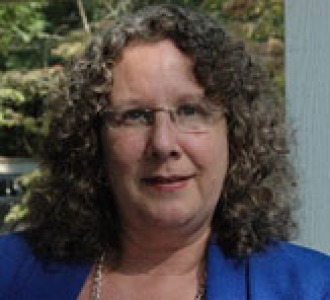WASHINGTON, Feb. 8, 2017 - Some 47 states and the District of Columbia took some type of solar policy action during 2016, according to the N.C. Clean Energy Technology Center’s (NCCETC) annual review and the fourth-quarter update edition of “The 50 States of Solar.”
“Overall, we saw an increase in solar policy action from 2015 to 2016,” says Autumn Proudlove, lead author of the report and senior policy analyst at NCCETC.
Notably, Proudlove says states considered more specific changes to net metering policies in 2016 and undertook fewer studies related to net metering.
Many of these states have already conducted studies by now and are ready to take action, Proudlove says.
A total of 212 state and utility-level distributed solar policy and rate changes were proposed, pending, or enacted in 2016, the report finds. This represents an increase in solar policy activity over 2015 when 46 states plus D.C. took approximately 175 actions.
Learn about the benefits of subscribing to Agri-Pulse. Sign up for your four-week free trial Agri-Pulse subscription.
 The report notes the top 10 most active states in 2016 for solar policy developments were: Arizona, Nevada, Maine, New York, California, Massachusetts, Florida, Hawaii, New Hampshire and Colorado.
The report notes the top 10 most active states in 2016 for solar policy developments were: Arizona, Nevada, Maine, New York, California, Massachusetts, Florida, Hawaii, New Hampshire and Colorado.
Key Solar Policy Actions in 2016, according to the report:
- Some 71 utility requests were pending or decided in 35 states plus D.C. to increase monthly fixed charges on all residential customers by at least 10 percent
- Net metering policies were considered or enacted in 28 states
- D.C. and 16 states formally examined or resolved to examine some element of the value of distributed generation or the costs and benefits of net metering
- Policy action on community solar took place in 13 states
- There were 16 utility requests pending or decided in ten states to add new or increase existing charges specific to rooftop solar customers
- A total of eight states had policy action on third-party solar ownership laws or regulations
- There were five states that had action on utility-owned rooftop solar policies or programs
“2016 was a very busy year for policymakers and those of us tasked with staying on top of their activity,” notes Brian Lips, Energy Policy Project coordinator at NCCETC. “With several state solar markets hanging in the balance, 2017 is looking like it will be another exciting year.”
To view the report’s executive summary, click here.
#30


